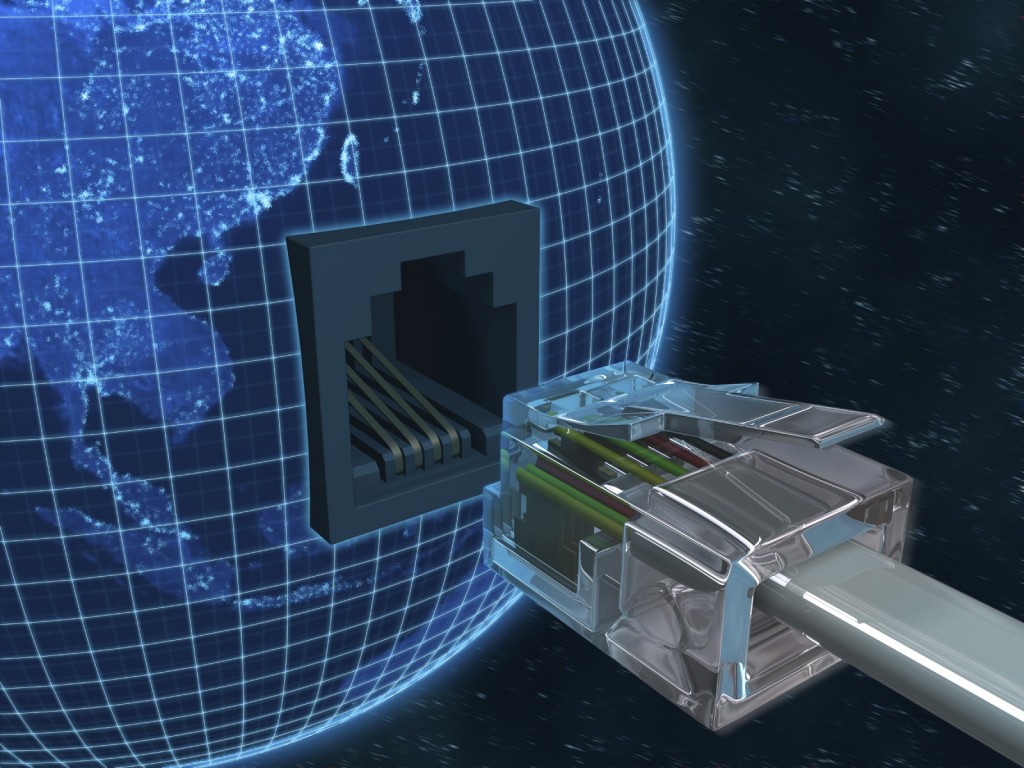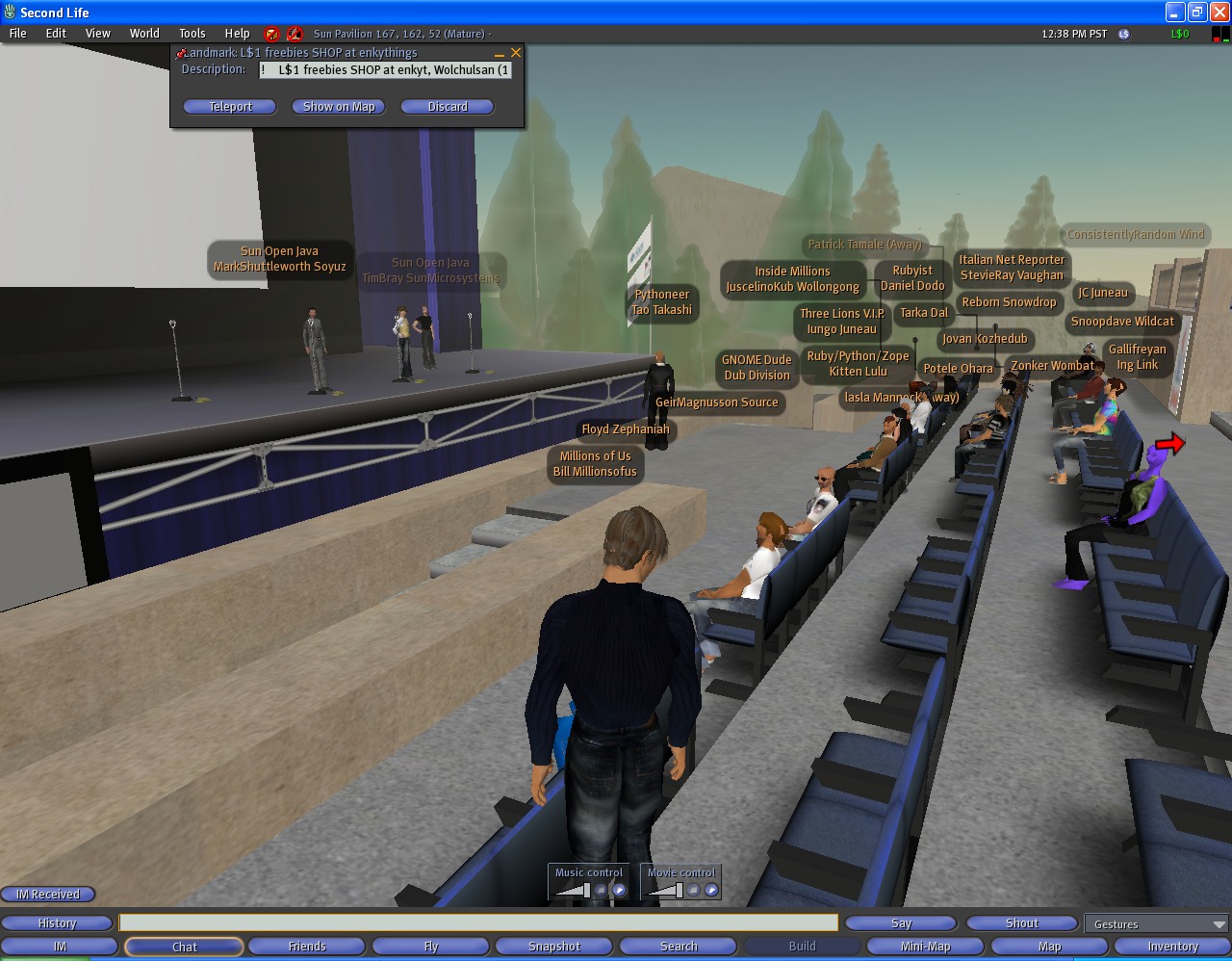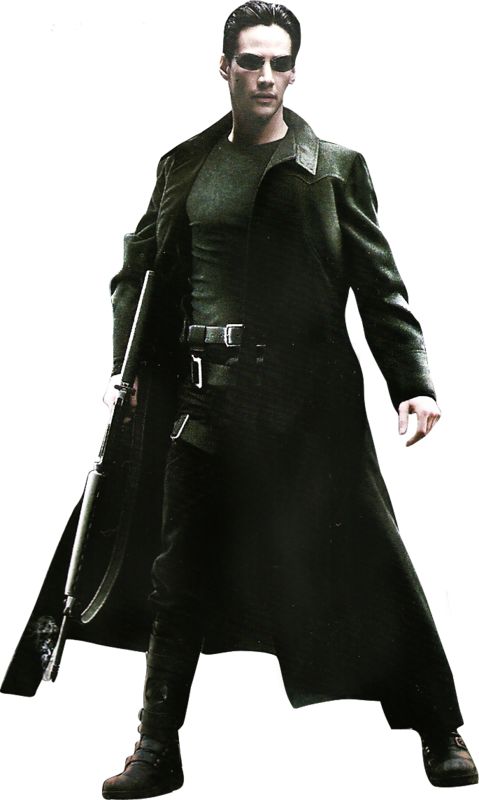 |
Craig White's Literature Courses Scenarios (or styles) for Literature of the Future High Tech / Virtual Reality
Contrast Low-Tech |
 Thanks to http://www.wellhappypeaceful.com/high-tech-buddhism/ |
The literary formulas for most male-written science fiction are mostly just familiar, pop-Romanticism, with virtuous populist hero-hunks, sneering Euro-villains, and melting babes for women characters (occasionally varied by androgynous teens).
Given this formulaic tradition for the literary side of science fiction, innovations for the genre largely depend on novelties or new possibilities provided by science (or in movies, advances in animation / CGI).
The past generation of science fiction writing broke new ground by representing (and in some cases anticipating) the revolution in information technology and its effects on human relationships and cognition.
![]()
Identification
|
Virtual reality is specifically a media simulation (or mimesis) of actual reality, as in an architect's or designer's computer model of a home to be constructed or remodeled.
The term is applied broadly to humanity's ongoing transition from a biologically-based existence in real time and space to an electronic or digital exiistence in artificial environments.
|
|
Other terms for this broad realm: cybernetics, IT (instructional / information technology); wired / wireless; cyberspace, computer-simulated world; artificial reality; computer graphics; online
Cyberpunk identification: cyberpunk < cybernetics + punk
cybernetics = artificial intelligence, computer systems
punk = street style, semi-outlaw, walking line between in and out
cyperpunk = high tech and low life
previous examples: "Stone Lives," "Gernsback," "Mozart in Mirrorshades"
films: The Matrix, Blade Runner, Dark City, Videodrome, RoboCop, Johnny Mnemonic,
Austin TX as one center of cyberpunk movement (Bruce Sterling, Lewis Shiner, authors of "Mozart in Mirrorshades" etc.)
![]()
Narratives and aesthetics
Narrative conflict or adventure rises from characters discovering a new frontier of cyberspace that may feature hostile agents intent on increasing territoriality. The mood is often one of personal detachment or disillusion with glimpses of better possibilities that dissipate in an atmosphere of entropy or vague loss.
![]()
|
Cyberpunk characters are often disaffected loners—mostly male computer geeks but often with real-world experience, sometimes as soldiers who bear physical and emotional scars from small-scale wars in the developing world. Male characters' appearances:
Women characters, often secondary to the viewpoint or action except as objects of desire or enablers to the cyber-warriors, may take a few mostly stereotypical forms:
|
|
![]()
Setting: Two dimensions prevail
1. Virtual reality or cyberspace resembling an exhilarating fantasy frontier whose unlimited open spaces may be a battleground of strongholds, mobile agents, competing territorial entities or domains.
2. The depressingly limited world of late 20th-century street life in an increasingly impoverished actual urban reality.
![]()
Time-frame relative to narratives of the future
Cyberpunk literature assumes the ongoing evolution of computer technology under increasingly unregulated and state-less capitalism. Evolutionary features may include implants that alter human nature or abilities. Cyberpunk may also feature evolutionary interconnectedness with other animals.
Cyberpunk lacks the urgency or moral commitment necessary for apocalyptic urgency. "Inverted millennialism," howevver, may assume the world has radically changed at some point in the past, and so may resemble post-apocalyptic literature, especially as a wasteland environment populated by survivors desperate to defend territory and gain resources.
Inverted millennialism
That is, cyberpunk is *not* millennial, despite sense of general decline and munginess
Rather, people survive, even beauty survives or is remembered amid general decay of overpopulated, hustling world
Fredric Jameson: repeated revaluation of past to discern moments of rupture that account for current state > Post Apocalyptic
A potentially attractive feature of cyberpunk literature is its disinclination to see change as an end-point or apocalypse that concludes history or existence.
![]()
Utopia or dystopia? / Decline or Progress?
True to its punk attitude, cyberpunk literature is disffected from either hope or fear. It expects no salvation or deliverance; its hope is to survive with some shreds of individual independence and dignity.
![]()
Literary and Popular Appeals:
![]() "hard science" sf (or at
least a hard, current edge)
"hard science" sf (or at
least a hard, current edge)
![]() virtual reality = computer-simulated environment (as in online fantasy games, video games,
animation)
virtual reality = computer-simulated environment (as in online fantasy games, video games,
animation)
![]() computers as
metaphors for human consciousness, or
vice-versa
computers as
metaphors for human consciousness, or
vice-versa
![]() human-machine
or biotech interface: implants, prostheses, enhancements, designer drugs
human-machine
or biotech interface: implants, prostheses, enhancements, designer drugs
![]() punk as street style assumes
non-family relations;
human relations limited to strangers competing or colluding in black-market economy
punk as street style assumes
non-family relations;
human relations limited to strangers competing or colluding in black-market economy
![]()
Cyberpunk style and content markers / "signatures" or conventions:
body enhancement and transgression: implants, extensions
neon (from Film Noir?)





